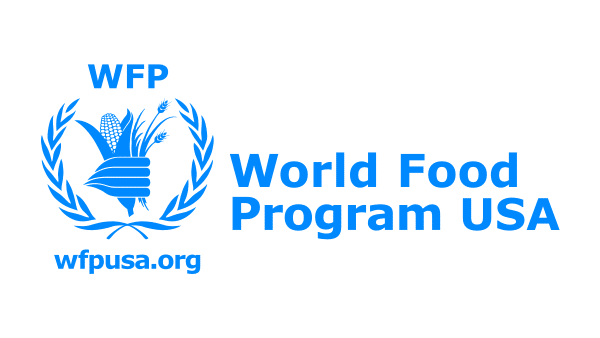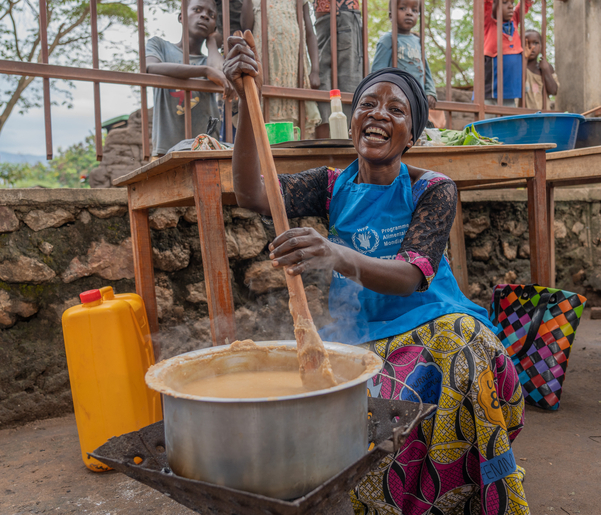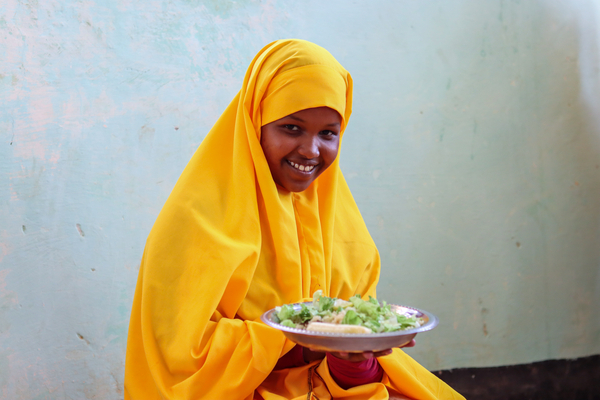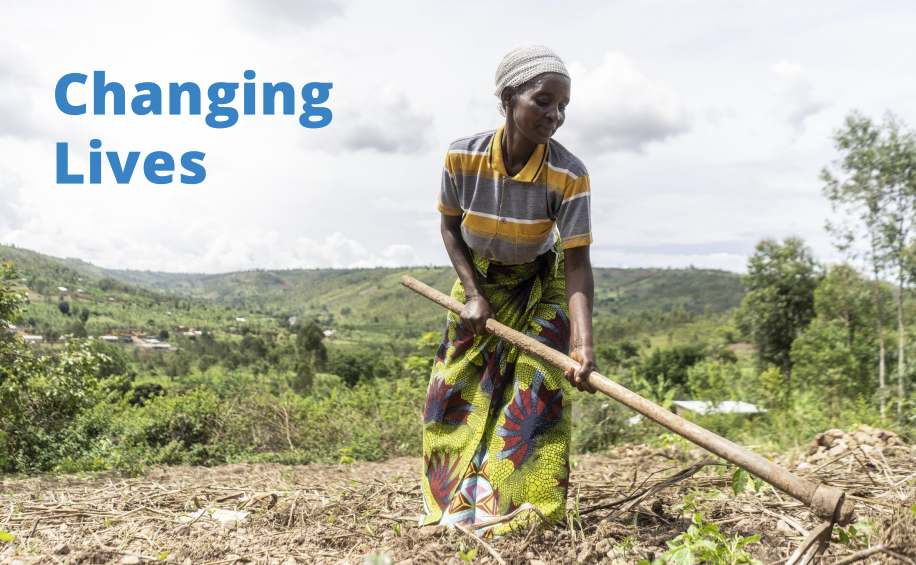World Food Program USA
Thematic Focus Areas
Hunger
Disaster Relief
Women & Girls
We build support within the U.S. for the United Nations World Food Programme, the world’s largest humanitarian organization, to feed the world’s hungriest people.
Give Global Blog
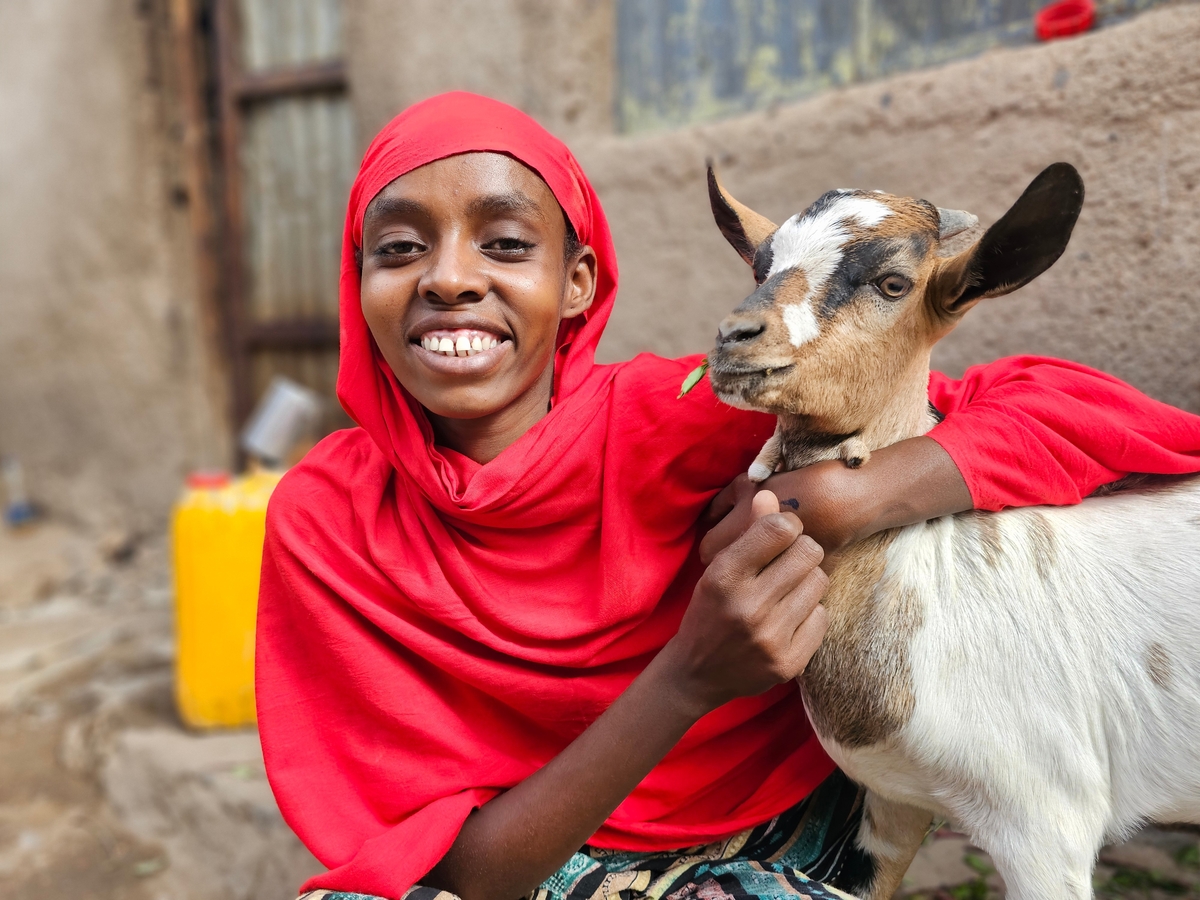
Poverty isn’t just a lack of income. It becomes a barrier that controls daily decisions, limits opportunities, disrupts stability, and makes it hard to see a way forward. Yet in many corners of the world, community members are taking the initiative to regain direction over their futures. Whether they’re launching small businesses, building grassroots support systems, or sharing knowledge within their communities, these individuals are working with limited resources and a bold sense of purpose to lay the foundation for a more secure and self-sustaining path forward. This growing momentum is made possible through the partnership of organizations that provide...
Charity Videos
Charity Impact
In sub-Saharan Africa, more than 60% of women work in agriculture. They are the largest contributors to the region’s agricultural sector but face systemic challenges in their access to farming inputs such as seeds, tools and finance. WFP centers Women & Girls as part of its food systems work in East Africa. WFP is one of the region’s largest food buyers, which is why our programs work with women to ensure they have the training, tools, financial resources and access to markets they need to boost agricultural production. This includes strengthening small-scale farmer cooperatives, improving access to finance and predictable markets, implementing initiatives to reduce post-harvest losses, and providing access to inputs and services for an improved quality of crops. WFP also links farmers to potential commercial buyers, as well as to government-led programs of fortified blended food for nutrition and homegrown school meals. In Rwanda, agriculture represents one-third of...

